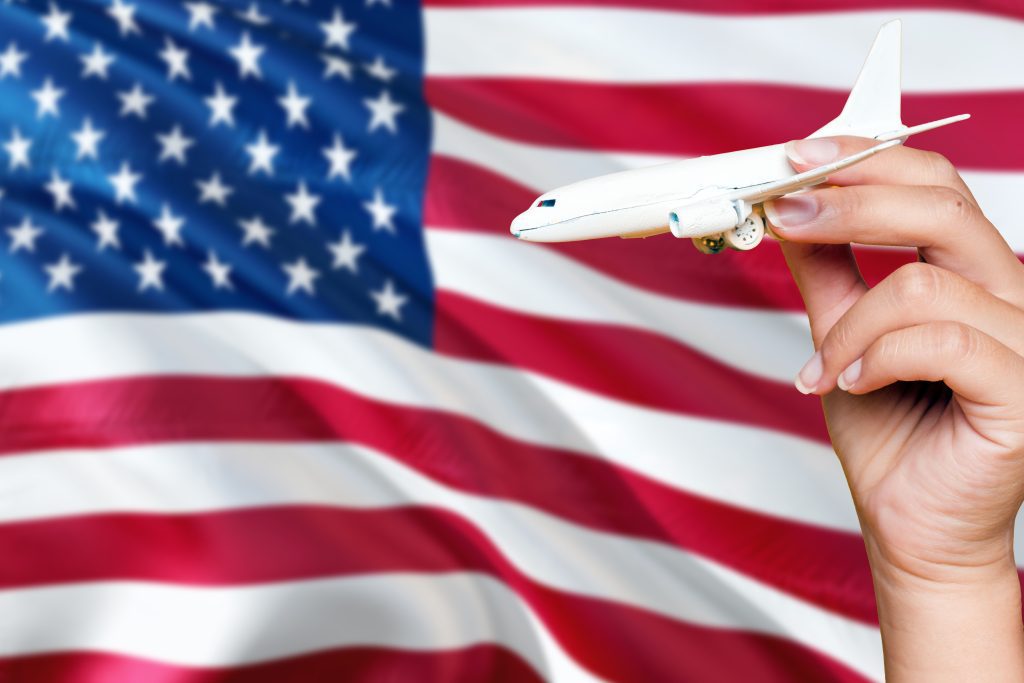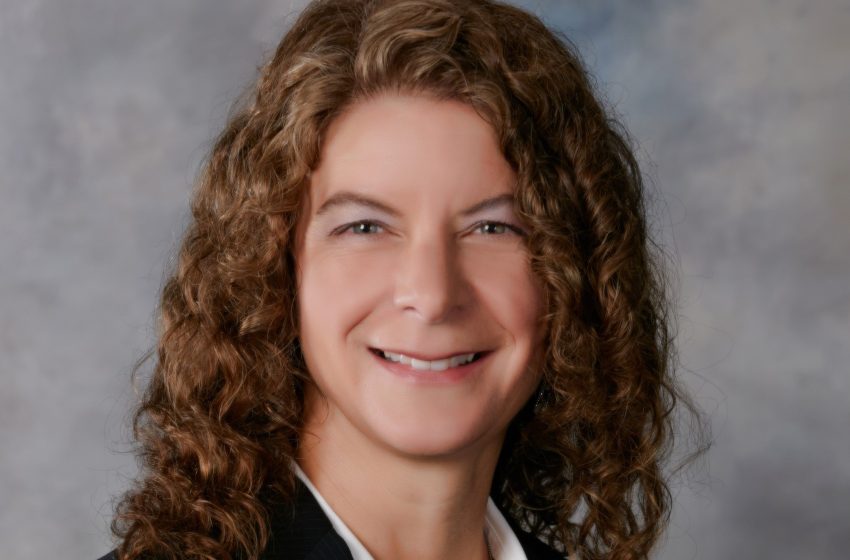
Kim Hesse shares her insight into the ignition of the ENDS industry and the attempts of regulators to manage it.
By Kim Hesse
After years of working in the U.S. medical industry, life threw me for a loop and took me to Germany in late 2007. After going through a six-month language course, I learned enough Deutsch to get by in my new country and felt ready to enter the workforce. Fortunately for me, I had a friend in the employment office who secured me an interview with a company that needed someone who could speak fluent English. Ironically, this required me to stammer through a three-hour interview in German. I only understood about 10 percent of that conversation, but still got the job.
In January 2008, I began my journey in the tobacco industry working at Eurofins Dr. Specht Laboratorien in Hamburg-Harburg, Germany. There I was trained, at a very high level, in the analysis of pesticides in tobacco. I learned about the various instruments in the laboratory and why some are used over others.
For instance, a gas chromatography-mass spectrometry instrument can detect and analyze compounds that a liquid chromatography instrument might miss. Before working at Eurofins, I knew zilch about instrumentation, chemistry or tobacco. Today, I can rattle off many reasons why you might choose to use a GC over an LC, including the polarity and volatility of the item being analyzed.
I spent four years becoming proficient in German and learning about the tobacco industry while performing customer service duties, which acquainted me with a variety of industry people. Since my brain ticks in a business manner, I began assessing the client base and pondering ways to reach out to gain more.
One day, I took a phone call from a company called Contraf-Nicotex Tobacco. They were interested in having their products tested for nicotine concentrations and heavy metals. This was the first time the lab had received such an inquiry. A few weeks later, I received a similar call from a company called Red Kiwi. These two companies were my introduction to what is now called the electronic nicotine-delivery system (ENDS) industry.
While Eurofins Dr. Specht chose to stay focused on their core business of testing for pesticides, my interest in this blossoming segment of the tobacco industry grew. I began researching these companies and grew excited about the potential of these emerging technologies.
My desire to expand the business for Eurofins did not wane, and I eventually convinced my boss to exhibit at TabExpo Prague in 2011. For me, this was the first of many trade shows in the tobacco industry. While TabExpo was a good experience for me, it may not have been such a great one for my boss. While at that show, a man came to our booth and asked why I was living in Germany and if I would ever consider moving back to the U.S.

Going home
Little did he know I had a family issue that had me wanting to return. Through him, I met Richard Higby, former president and managing director of Arista Laboratories and Microbac Laboratories, who recruited me to help build business for the newly formed smoke lab at Microbac Laboratories.
Once back in the States, I was told about the new regulations affecting the tobacco industry there. I was surprised by the sweeping changes facing the industry as I never thought regulations like this would come into effect nor did I think they would be so stringent. I was amazed at the speed with which third-party laboratories had to develop and validate new testing methods for up to 93 compounds.
Additionally, I was astonished by the absence of clear instructions that could effectively guide the process of keeping a product on the market. I began a deep dive into the abyss of the internet to learn what regulators expected and why. This task was overwhelming, and the Food and Drug Administration websites were hard to navigate. At times, it was like trying to find a needle in a haystack.
My colleagues and clients were all scrambling to become educated. Clients needed assistance from many angles, and I assisted on the laboratory front and connected clients with potential partners. Clients found themselves in need of comprehensive guidance, not only for determining the appropriate testing procedures but also for seeking expert advice on navigating the intricate web of regulatory compliance and understanding the legal considerations associated with their testing practices. This multifaceted support was and still is crucial in enabling clients to meet regulatory standards and mitigate potential legal risks effectively.
Finally, in January 2011, the FDA Center for Tobacco Products issued guidance on demonstrating substantial equivalence for tobacco products. This sent tobacco companies scrambling to find laboratories to complete the needed work for their submissions on deadline.
During this time, I was at Microbac Laboratories, where smoke analysis was a brand new addition to its scope of work. This was an exciting time to be in the tobacco industry because of the new regulations and the opportunity to learn and help clients navigate their new environment. Combustible cigarettes were still the focus from 2011 to 2014, but slowly the ENDS industry began making noise.

Global outlook
In 2014, I was recruited again and went to work at Global Laboratory Services (GLS). There I was tasked with growing the smoke side of the business. I got my copy of Tobacco Reporter (sister publication to Vapor Voice) and scoured it for advertisers. I saw a large number of e-liquid companies advertising and began reaching out to them.
Then I started looking at the trade shows and saw how many were turning more toward ENDS products. While at GLS, I helped the lab grow from a predominantly pesticide analysis laboratory into a lab offering a significant diversification of analysis, including e-liquid and ENDS testing.
During the beginning years of testing ENDS products, most laboratories worked on method development and validation on their own. For anyone who doesn’t understand that process, it’s kind of like baking a cake without having a recipe. You try to put in a little bit of flour, baking soda or powder, eggs and other ingredients. However, you are not sure exactly which ingredients to use or the correct amounts. So you try and try again until you get it right. This is method development. But then you have to prove you can do this same thing and produce the cake exactly as it was the first time you got it—that is method validation.
Most testing performed in those early years focused on propylene glycol, vegetable glycerin and nicotine concentrations. As we saw increasing interest in the testing of e-liquid and ENDS, third-party labs began developing more methods to meet the expanding scope of testing demands. Eventually, the demand for sound science and broader scopes of testing began being heard, and Coresta (the Cooperation Centre for Scientific Research Relative to Tobacco) became involved.
The Coresta E-Cigarette Task Force (now called E-Vapour Sub-Group) began in 2013. This group has worked together for years now and has provided published methods, guides and reports, all with the intent of improving the science surrounding the testing of ENDS products.
While the scientists were busy ensuring methodology was sound, the ENDS industry was busy expanding and innovating. One of the first organizations focusing on vapor products, the Consumer Advocates for Smoke-Free Alternatives Association began in 2009. I remember meeting Julie Woessner at a meeting of the Smoke-Free Alternatives Trade Association (SFATA) in Chicago.
It was the first time I really learned about the organization and was impressed by Woessner’s passion. In addition to consumer advocacy groups, we saw the introduction of trade organizations like the American E-Liquid Manufacturing Standards Association (AEMSA), which began in 2012. Lou Ritter, on behalf of the AEMSA and Cynthia Cabrera from the SFATA were showing up and talking at many events to help educate regulators and the industry. I spent time with both Ritter and Cabrera at many events and eventually sat on the board of directors of the SFATA in 2015.

Trading places
Alongside the trade and consumer organizations growth, we all had front row seats to an amazing number of trade shows. The first ones began popping up around 2011. I had the pleasure of being at possibly one of the largest ENDS-specific trade shows I have ever attended. It was ECC 2015 at the Fairplex in Pomona, California. The line to get in was at least a mile long, and we all stood outside in the heat.
Luckily for me, Norm Bour spotted me and helped get me in a little faster. Nearly every inch of the 543 acres was covered with exhibitors. New players with fun names—SpaceJam, VaporShark, Cosmic Fog—came to play with massive displays, loud music and some flashy cars. Little did people know that a small booth on the outside of buildings in a relatively nondescript white tent contained one company that would alter the industry.
After hours of walking and talking, I saw a smaller tent outside with a comfortable-looking white sofa. My feet needed a rest, and the booth was not busy, so I stopped. There I met Gal Cohen and Adam Bowen for the first time. I tried their product, Juul, and was immediately impressed. To me, this product mimicked the experience of a combustible cigarette extremely well. I told them I felt their product would be a game changer because I believed it could help smokers quit.
ECC was just one of many vape trade shows during that period—so many that one could literally go to a vapor trade show nearly every week. The industry was booming, full of young entrepreneurs daring to create innovative products. We saw the inception of cloud chasers: people experimenting with their devices to create the largest clouds of vapor.
There’d be one group eagerly trading tips on enhancing mods, another learning how to blow vape rings and a third creating such a thick cloud that you couldn’t see through them. The indoor areas at ECC were enveloped in a thick haze of vapor, carrying intense fragrances of artificial fruit, vanilla and sweets. After spending several hours in this environment, I developed a headache and had to retreat to the outdoor booths, where the heat was equally unbearable.
Unfortunately, as the industry was rocking and rolling, it started gaining more attention from the media and additional focus from regulators. By 2009, the FDA already had its eye on the vapor industry. In May 2016, the FDA deeming regulations were issued. This was the beginning of changes to come.
During this time, I visited multiple vapor companies, many of which only produced e-liquids. When talking to those companies, I often asked what their plans were if the FDA began regulating and requiring routine testing. Many of these energetic entrepreneurs said they planned to make their money and exit the industry. Others planned to follow the regulations but faced an increasingly uphill and difficult course due to the slew of regulatory challenges.
Those ranged from navigating through login to the FDA portal, discovering some information was missing or was constantly moving, changes in the process occurring frequently and sometimes even after deadlines and filings were complete. One of the most frustrating early events happened during what was supposed to be a seemingly small, relatively simple task that turned out to shut down the FDA’s portal for multiple days … registering and submitting ingredient listings.
After that major bump in the road, companies faced challenge after challenge. Today, those companies that still exist must decide whether to enter the long, painful premarket tobacco product application (PMTA) pathway or to simply sell their products abroad where regulations are more clear, concise and defined. For those who choose to stay in the precarious U.S. game, a strategy to speed and strengthen their existing PMTA and the wise allocation of resources are imperative. Those who complete the obstacle course to market authorization will see big payoffs in dollars and saved lives.
Looking back, I am amazed at how far the manufacturers have come with their quality control systems, which for some were initially nonexistent. The marketers have also grown, and focus has been more conscientious not to appeal to youth. The laboratories participating in the CORESTA studies have grown and made great strides in methodology.
It was fascinating to watch the growth of ENDS technologies from initial rumblings to exploding into the massive industry this has become. For some, this industry has enabled them to live the American dream of doing hard work to get ahead.
We saw small shop owners become millionaires, innovators create products that could help people transition off combustible cigarettes, laboratories and organizations grow and thrive, and the American economy prosper. And the ride is not over yet …. I am excited to see what the next 15 years will bring.

